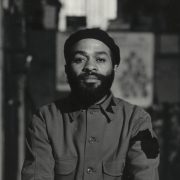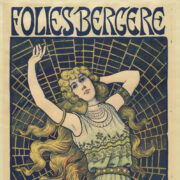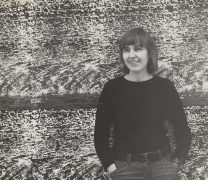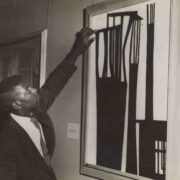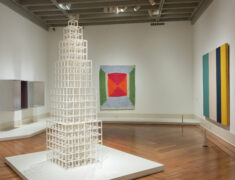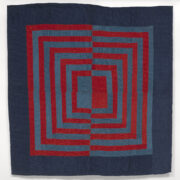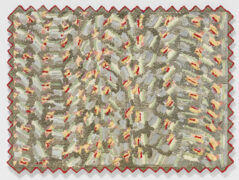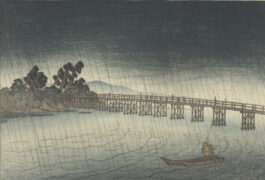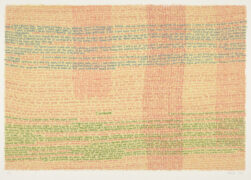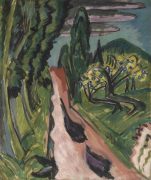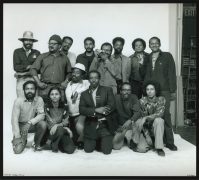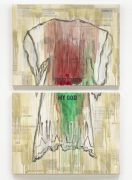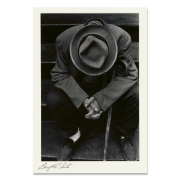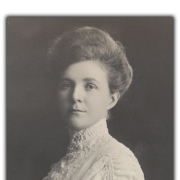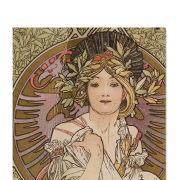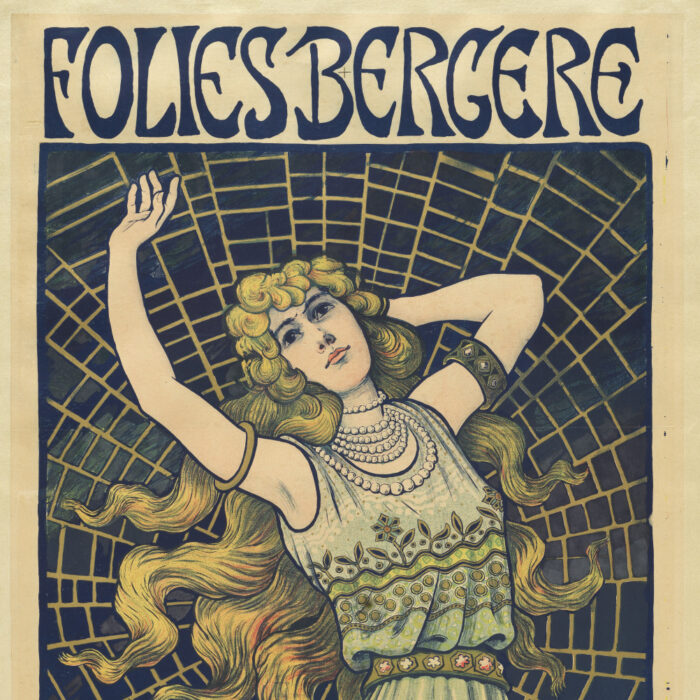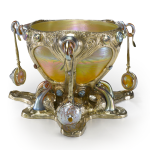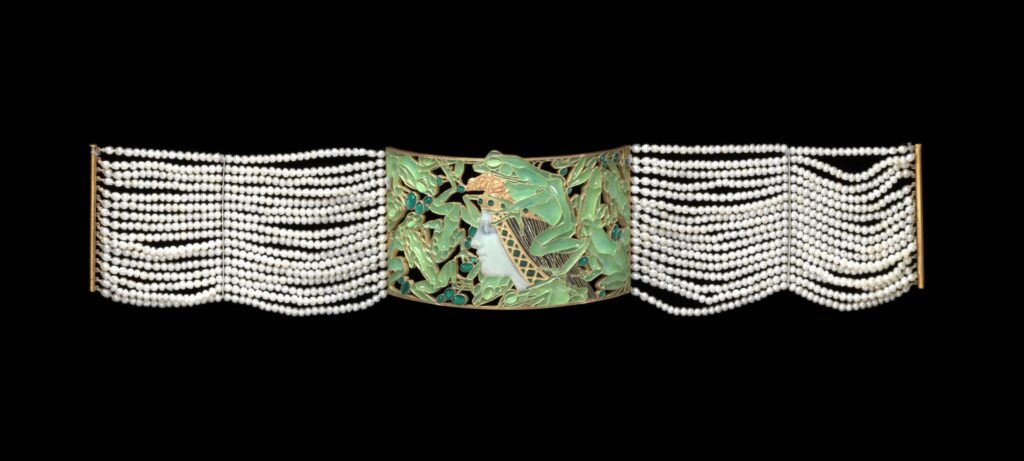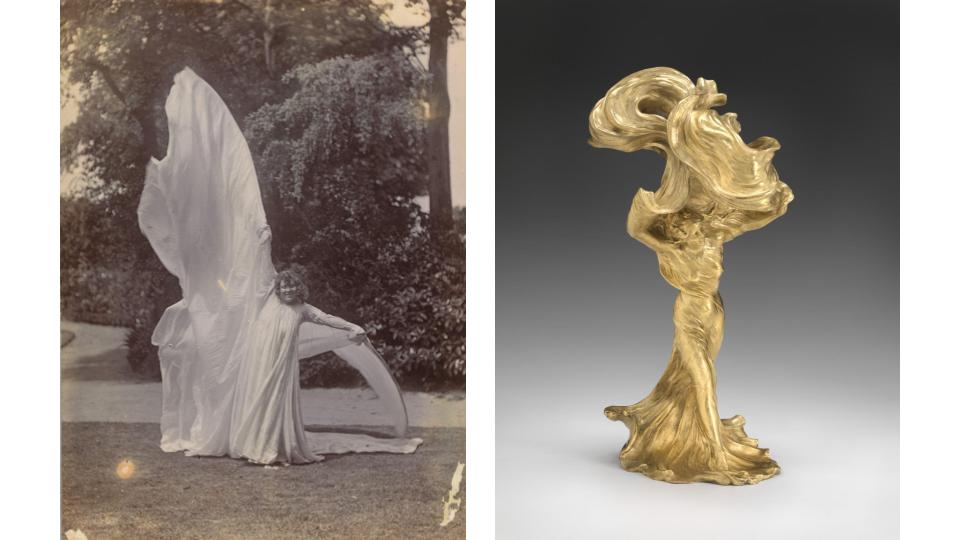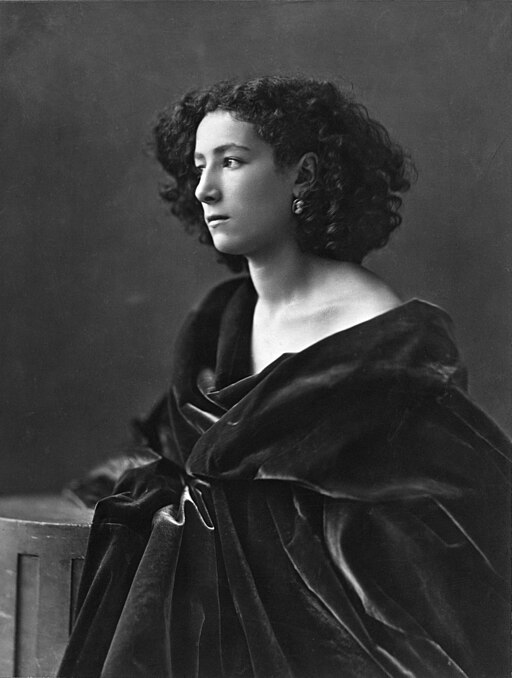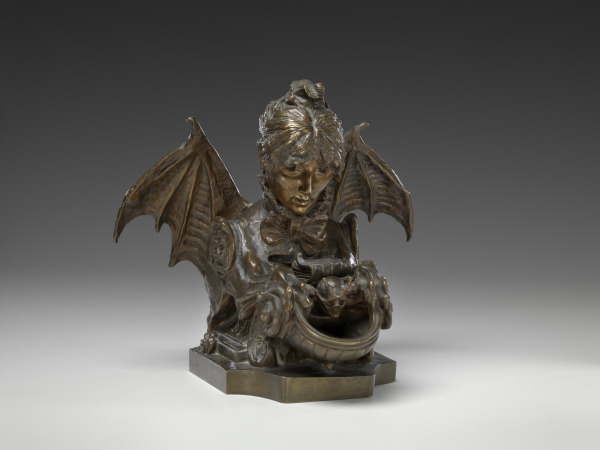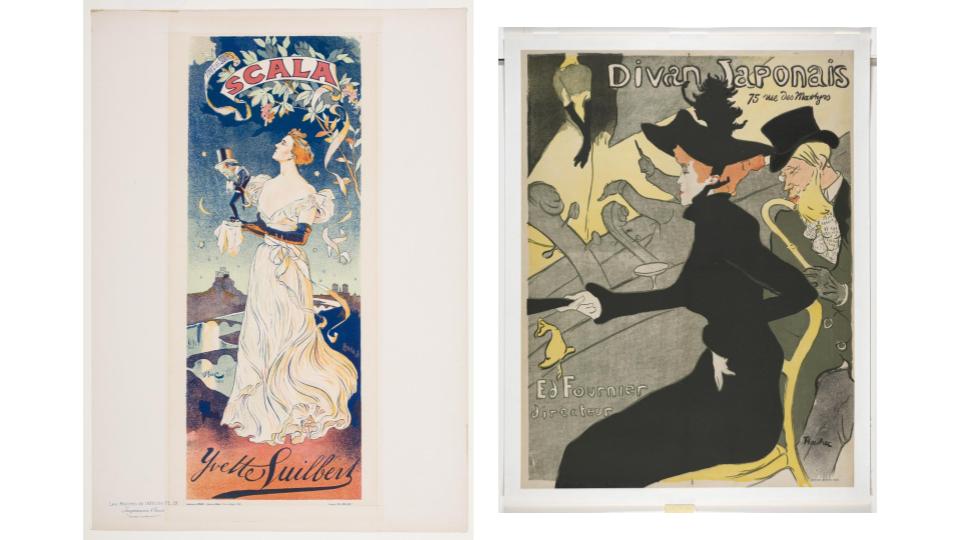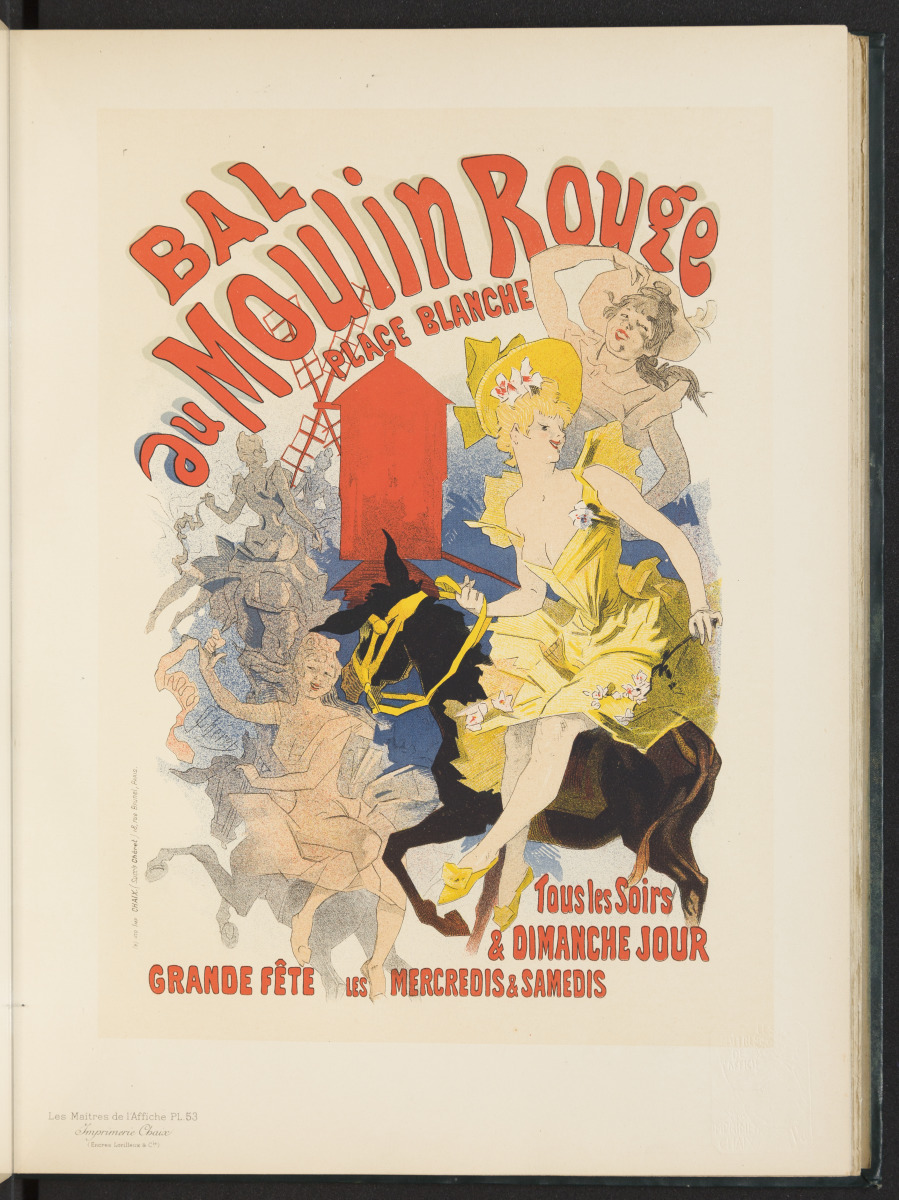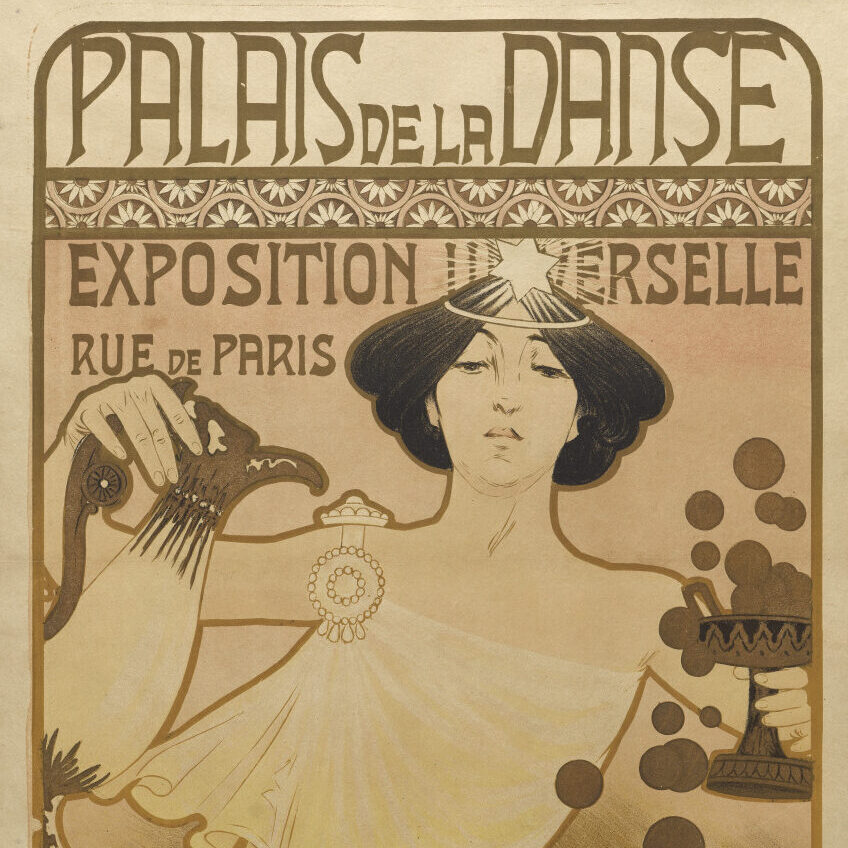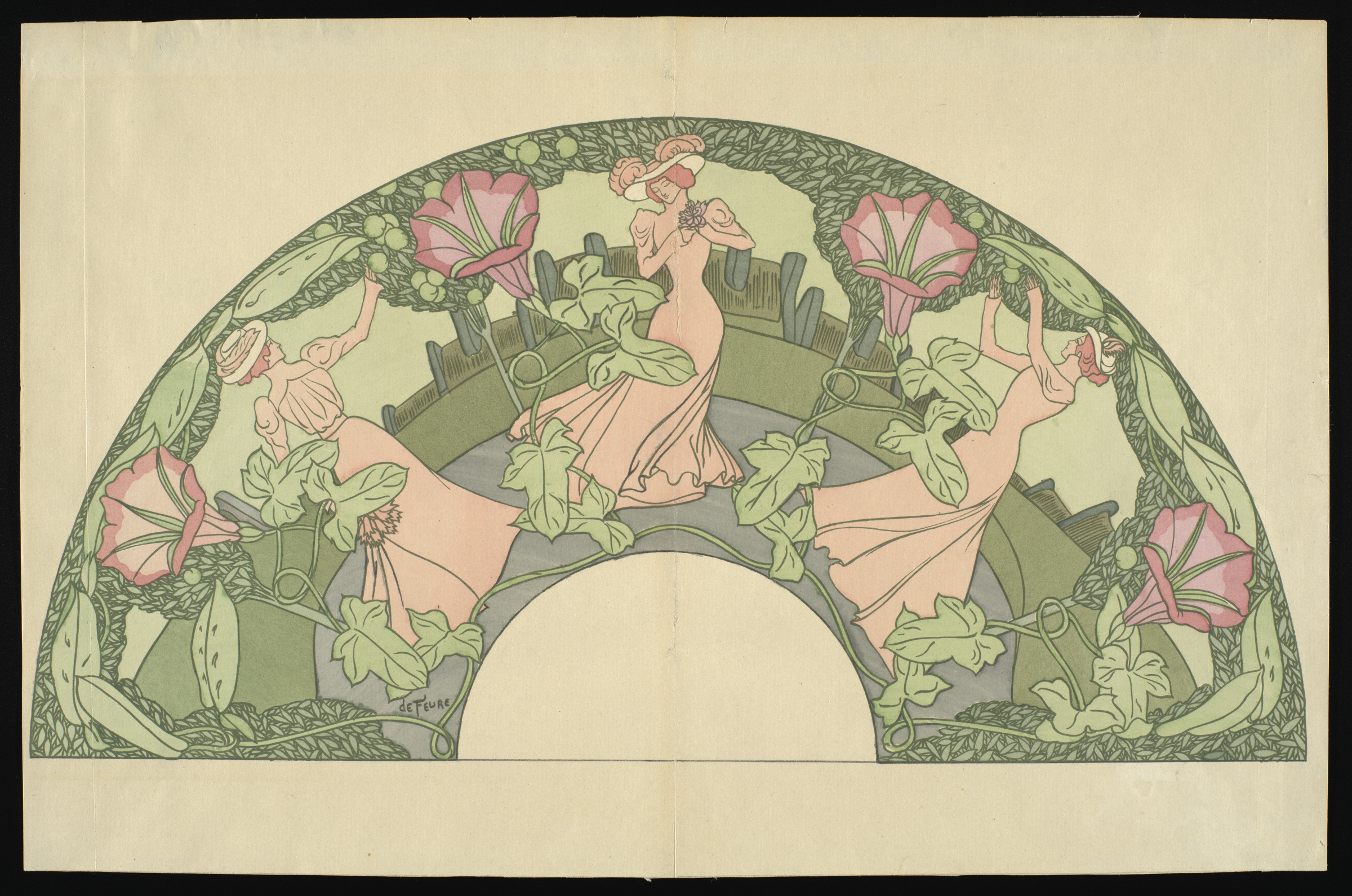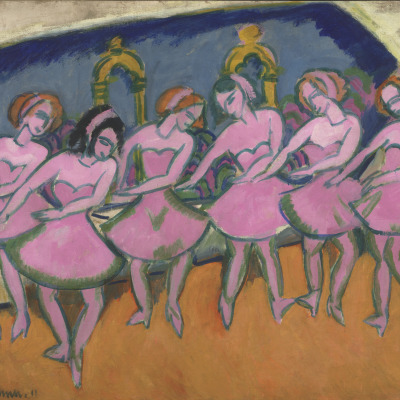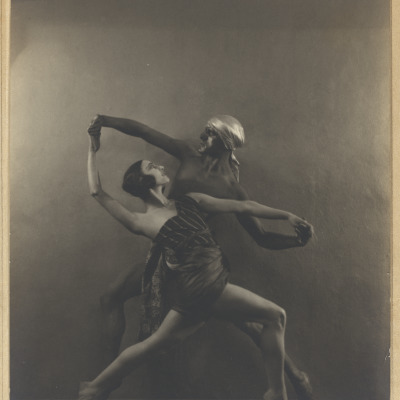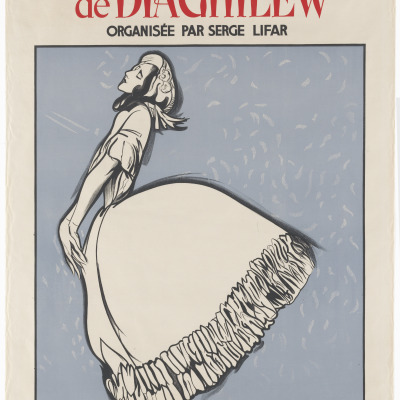At the turn of the 19th century, Paris was home to over thirty-six cabaret and dance halls including the Divan Japonais, Folies-Bergère, Moulin Rouge, and many others. Performing at these establishments were bold women who dazzled their audiences with their charm and wit on stage. This story highlights works in VMFA’s collection of Decorative Arts after 1890 that depict leading female performers of the nd explores their lasting impact on the world of show business. Numerous actresses broke gender norms by dressing as men on stage, and off stage by courting other women, two things which were taboo at the time. Many of these performers designed their own costumes, choreographed their own dances, and created their own stage personas and identities that would go on to become household names.
These women who made names for themselves were not simply muses for male artists during the Art Nouveau movement; they were novelists, designers, directors, business women, and innovators as well. During a time period where society mandated that women should be demure and unemotional, the stage offered a platform for female performers to openly follow their ambitions and be their authentic selves. This collection story will offer two of these women’s stories, Loïe Fuller and Sarah Bernhardt, as they are featured in the at VMFA.
T
During the Victorian era (1837-1901), women were limited in their social and political spheres. From girlhood, young ladies were raised with the ultimate purpose of being wives and mothers. For working-class women, as seen in the image on the left, labor conditions were poor and job opportunities were relegated to factory work, laundresses, and roles as domestic servants or governesses.
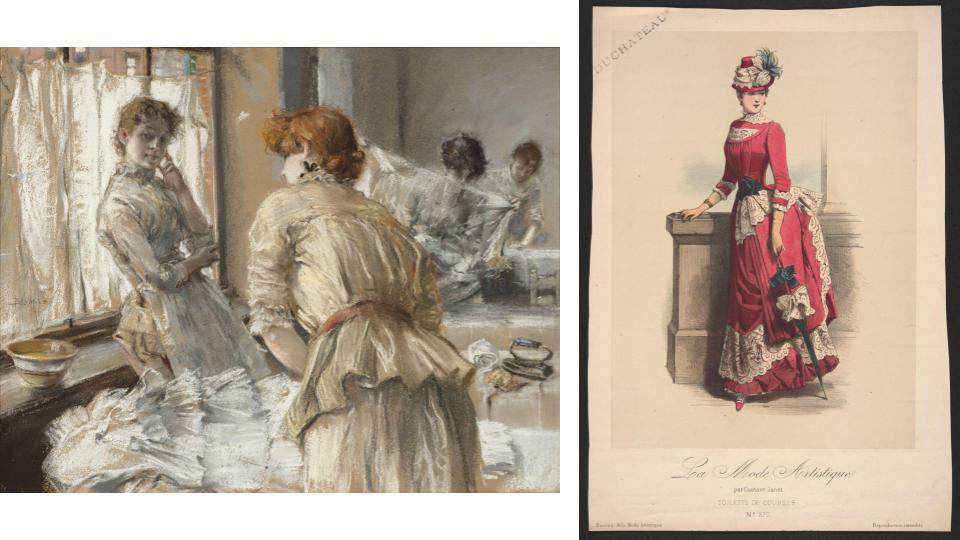
(Left) In the Laundry, 1884, Robert Frederick Blum (American, 1857-1903), pastel on paper. James W. and Frances Gibson McGlothlin Collection, L2015.13.8. (Right) Toilette de Courses, ca. 1885, Gustave janet (French), hand colored lithograph on wove paper. Virginia Museum of Fine Arts, gift of Margaret Dashiell, L2015.13.8
While beautiful, women’s fashion became increasingly more restrictive and complex, as seen in the image on the right, with late nineteenth century fashion posing a risk for women’s health due to extreme corsetry. By the mid-nineteenth century, education for girls became somewhat more accessible, however women were rarely allowed to attend college and most universities only allowed male attendants.
In 1897, the National Union of Women’s Suffrage Societies was formed, seeking to increase women’s rights, including the right to vote. These incredibly strong Suffragettes laid the foundation for future generations of women to be able to access equal opportunities for education, to vote and become politicians, as well as to enter professional fields in scholarship, medicine, and more.

